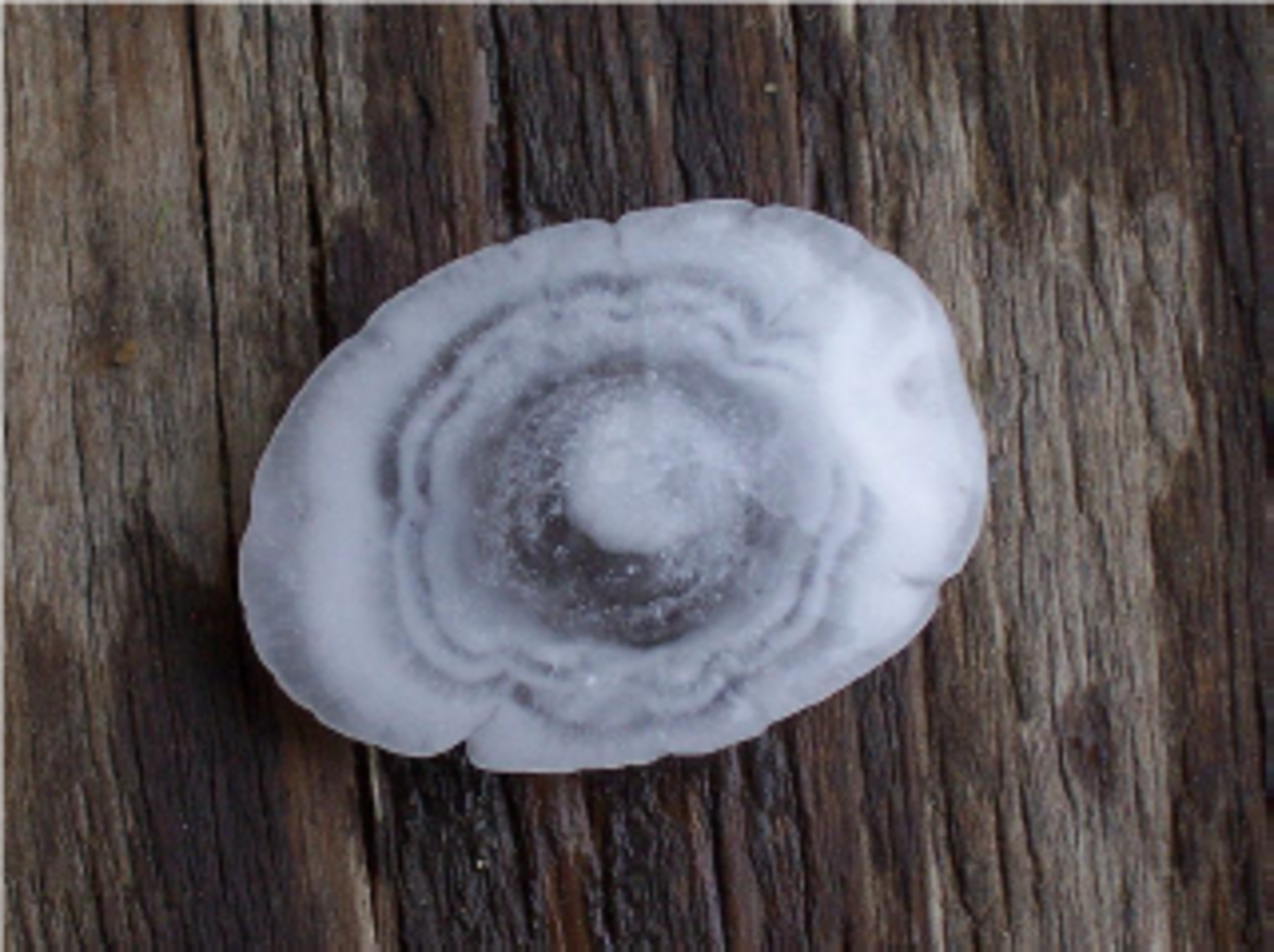Student Colloquium, Niklas Scheel: The Physics of Hailstorms

Info about event
Time
Location
Fys. Aud.
Supervisor: Jon Merrison
Hail is a costly, although fascinating weather phenomenon. Everyone of us has seen pictures of giant, maybe tennis ball-size hailstones, so it is natural to ask how our atmosphere can be capable of dropping massive ice particles down on us. As probably known, hail is produced in thunderstorms. The thermodynamic conditions and processes of the atmosphere that lead to thunderstorms are therefore worth to be explored. However, hail does not arise from every thunderstorm, so there must be additional properties of hailstorms. Yet the properties of hailstones themselves, like shape, mass and terminal velocity are of interest, especially when it comes to modelling of hailstorms.
In this colloquium, I will present the physical properties of hailstorms mentioned above as well as hail detection, using dual-polarized radar and possible effects of the anthropogenic climate change.
